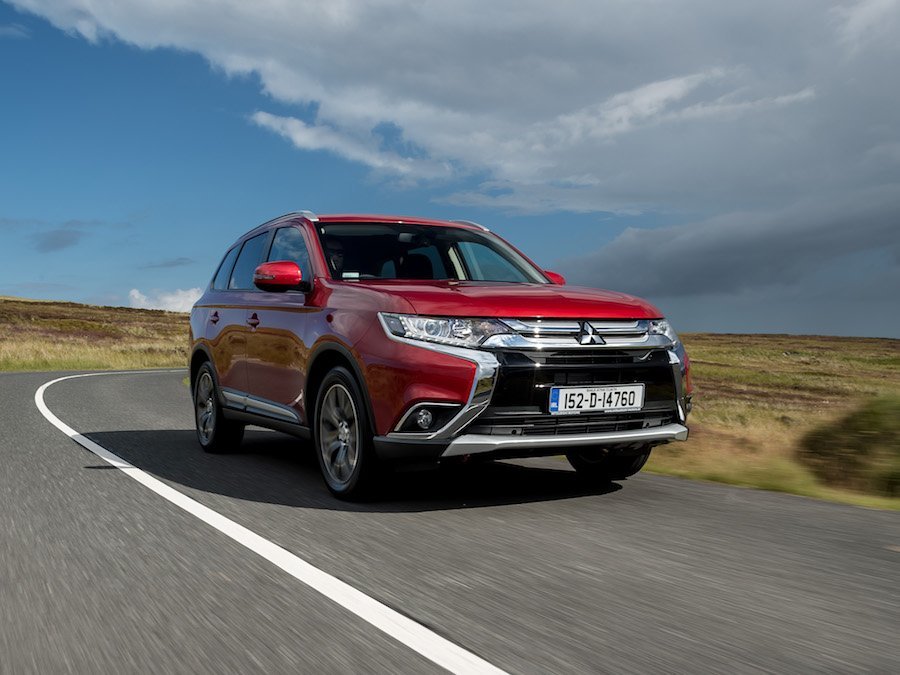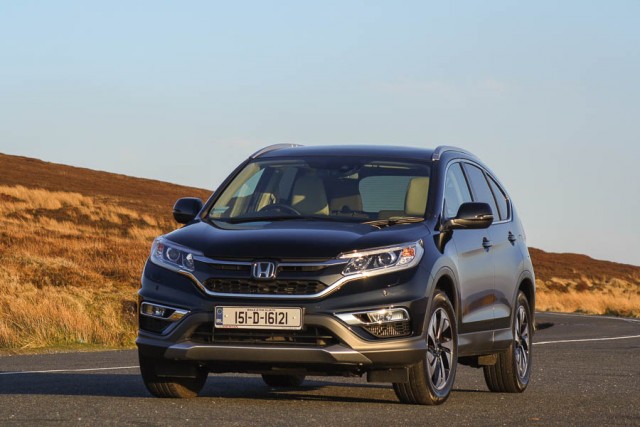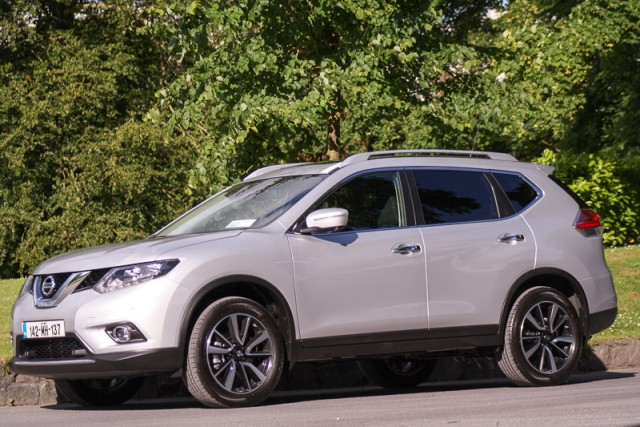Good: solidly built, improved cabin, quieter diesel engine, seven seats, good standard spec
Not so good: needs to feel even more sophisticated to compete with its rivals
(EuroNCAP scores are for 2012 model)
The updated Mitsubishi Outlander is one of those cars that contrives to make a good, even a very good, first impression, but one whose lustre fades a little the more time you spend with it.
First off, Mitsubishi should be congratulated to making some real effort to improve the Outlander compared to how it was when first launched in 2012. The reaction to the exterior styling revisions will be entirely subjective of course, but if you're going to take inspiration from a global F1 and TV star, then taking David Coulthard's chin, applying liberal amounts of chrome and sticking it onto the front of your car seems like a reasonable route to take. OK, so perhaps that's an exaggeration, but while the new styling of the Outlander's front end is nice - and more distinctive than it was - you can still see that it's rhinoplasty on a familiar face.
Inside, the news is much better. The Outlander's cabin, even in this revised form, is never going to find itself hailed by Kirsty Allsop as a new beginning in interior design and layout, but it's much better than it was - the plastics and leather used now look and feel far more substantial, the switchgear less brittle and the overall effect is, if ultimately rather unremarkable, then at least welcoming.
There's lots of space on offer too. Middle row passengers in the back have stretching room, and while the folding third row of seats is strictly a kids-only-zone, then at least those seats come as standard in €38k Intense spec and they are certainly useful. Fold them flat, and while the on-paper figure for the boot (477 litres) seems a little small for a chunky SUV, in practice the cargo space is big, square and very practical.
There is a lot of standard equipment thrown in for that €38,000 too - heated, leather seats (with volcanic-setting seat heaters just perfect for the weather right now), touch-screen infotainment, all-round power windows (albeit one-shot on the driver's window only), rear view camera, auto sensors for lights and wipers, LED daytime lights, keyless entry and ignition, Bluetooth, cruise control and dual-zone air conditioning.
Sounds good, right? Well, yes it is, but there are some caveats. The touch-screen infotainment is rubbish - it haphazardly connects to your mobile and the screen is tiny, and populated with graphics so dated you half expect to find an Atari logo. Those leather-wrapped seats are not quite as comfy as they should be either - the driver's seat is too narrow, and set too high up, for proper comfort.
However, good work has been done on the engine front. The 2.2-litre diesel may not be the most powerful thing around (just 150hp and 360Nm are well behind the class best these days), but its refinement has been much improved, especially at idling speeds where it's now near-silent. There's a good stop-start system too, which helps keep the fuel economy in check. Well, not all that much in check and while Mitsubishi quotes 53mpg overall, you'll be doing well to coax the Outlander north of 40mpg in daily driving.
You will feel safe though. The Outlander has a hugely impressive EuroNCAP score, and it comes with decent safety equipment, almost all of which is standard - stability control, hill-start assist, lots of airbags and a tyre pressure monitor are the highlights, while the simple three-mode (Eco, Auto and Lock) four-wheel drive system gives you great confidence even when all about is wet and/or frozen.
Don't expect to be having much fun though. Dynamically, the Outlander flatters to deceive at first, feeling quite positive and even verging on the sporty. Spend some time behind the wheel though, and you'll soon realise that the steering is too heavy, the ride too stiff and the gear shift positively agricultural. It's not bad, as such, but in a class that includes the likes of the Honda CR-V, the Nissan X-Trail and the Kia Sorento, it's just not good enough.
The Outlander in diesel form is also fighting something of an uphill battle against its more technologically advanced brother, the Outlander PHEV plugin hybrid. While the PHEV suffers from many of the same overall shortcomings, it sidesteps them by being so cutting-edge in its drivetrain. The diesel has no such get-out-of-jail-free card.
Not a bad car, then, the updated Mitsubishi Outlander. It's big, spacious, should be reliable (and comes with an eight-year warranty to back that up) and has room for seven. If it were a little more frugal and a lot more sophisticated, it would be closer to the top of the class.









































